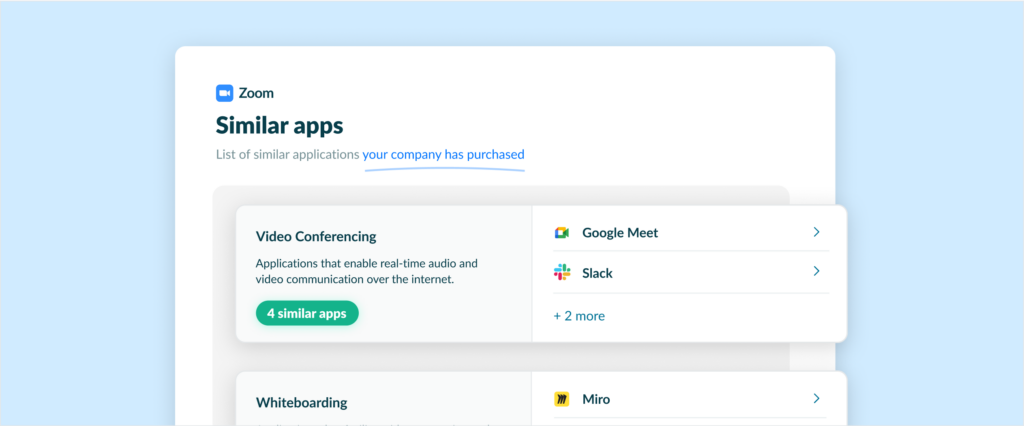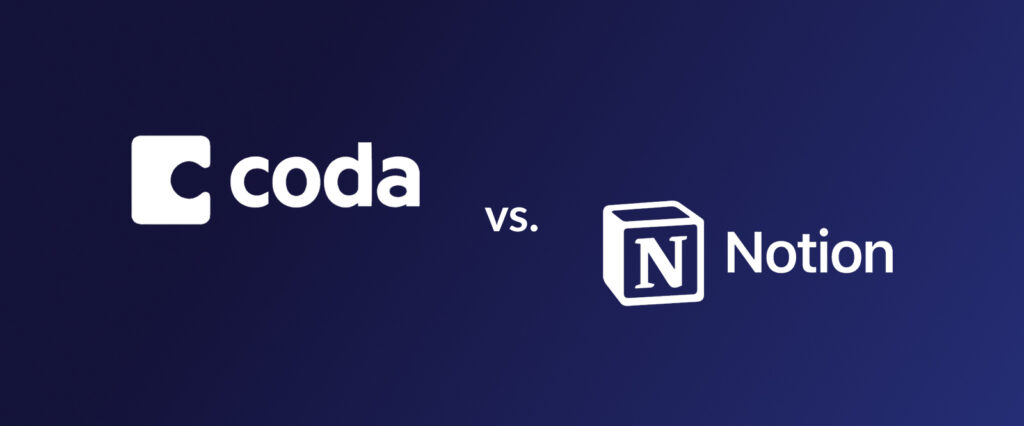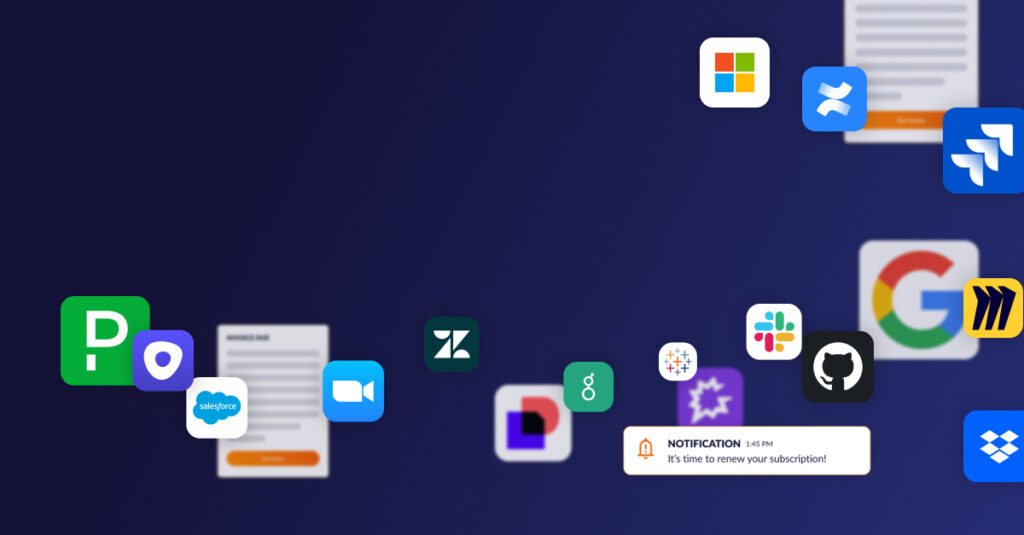
9 best practices for managing SaaS subscriptions and spend
Chances are, new SaaS applications are popping up at your organization every month. But as new apps come in, it’s important to evaluate how employees are using existing tools. Managing SaaS spend can feel like a headache, but these best practices can help to regain control of your SaaS portfolio.
What is a SaaS subscription?
A SaaS subscription, or Software as a Service subscription, is a way for organizations to access software and services through the cloud. With a SaaS subscription, organizations pay a recurring fee to access and use a software application.
SaaS subscriptions are a popular way for organizations to access the tools and resources they need to run their businesses without having to install and manage software on their own servers. As businesses continue to invest in SaaS applications, they’ll also want to develop a strategy for SaaS subscription management.
What is SaaS spend management?
SaaS spend management is directly related to how a company manages its SaaS subscriptions. It can help cut back on duplicate applications, forgotten renewals, manual workflows, and unused enterprise pricing. By having a holistic view of all of an organization’s applications, proper spend management can result in streamlined purchase decisions and cost optimization opportunities.
What are the pros and cons of SaaS subscriptions?
The pros of SaaS subscriptions:
SaaS subscriptions offer many benefits for organizations, including cost savings, increased efficiency, and improved productivity.
- Avoid large upfront costs and capital expenditures associated with purchasing and deploying traditional software applications. Instead, pay a recurring fee to access the needed software.
- Get up and running quickly with shorter implementation times than traditional software applications.
- Access apps from a variety of devices and locations using a browser and an internet connection.
- Receive automatic updates and maintenance, which can help you stay up-to-date with the latest software versions and security patches.
The cons of SaaS subscriptions
Organizations should also be aware of some of the limitations and challenges that come with SaaS subscriptions.
- An internet connection is required to access tools and data.
- Data uploaded to the cloud can introduce new access and security concerns.
- Features, functionality, and pricing can change based on updates from the vendor.
- Not all tools an organization needs may be available through SaaS subscriptions.
- Since SaaS subscriptions are easy for teams to buy, costs can add up without proper spend management.
What are the benefits of managing SaaS subscriptions and spend?
SaaS subscription and spend management can help maximize the value of SaaS subscriptions, reduce costs, and improve overall technology operations.
- Cost reduction: Identify unused or underutilized subscriptions and eliminate them, reducing costs and optimizing spend.
- Compliance: Ensure your teams are in compliance with licensing and contract terms, avoiding penalties and legal risks.
- Usage and spend management: Identify areas where you can optimize usage and spend by harvesting and reassigning licenses, reallocating license tiers, or negotiating better pricing and terms with vendors.
- Improved security: Better understand your software and services to identify potential security risks or vulnerabilities.
- Better decision-making: Make more informed decisions about software and services based on a holistic view of usage and spend to optimize overall technology stack.
What are the challenges of managing SaaS subscriptions and spend?
Rapidly growing SaaS portfolios have made managing SaaS subscriptions and spend a challenging task for many organizations.
- Tracking SaaS usage. Keeping tabs on subscriptions across departments and ensuring that they’re all accounted for can be a difficult hurdle. It’s likely that different departments or teams within your organization have their own SaaS subscriptions. They’re often purchased with credit cards and expensed, which can lead to redundant or underutilized subscriptions and ultimately wasted resources and increased costs.
- Managing SaaS contracts and renewals. Keeping track of contract terms and renewal dates can help ensure that you are getting the best pricing and aren’t renewing subscriptions that are no longer needed. But this requires careful planning and coordination across departments to avoid lapses in service or unexpected costs.
- Managing compliance with licensing terms and usage restrictions. This can be a challenge as SaaS vendors may have different licensing terms and conditions that need to be tracked and enforced.
9 best practices for managing SaaS spend and subscriptions
Effective SaaS subscription and spend management is proactive management. Stale spreadsheets and usage snapshots from vendors won’t cut down on unnecessary costs and ensure compliance. Instead, try implementing these best practices to proactively manage your SaaS spend and subscriptions:
- Conduct regular SaaS audits to identify any unused or underutilized subscriptions.
- Track SaaS usage to understand which subscriptions are essential and which can be consolidated or canceled.
- Consolidate SaaS subscriptions for an app into one contract to reduce redundancy and save costs.
- Negotiate better pricing and contract terms with vendors to optimize spend.
- Have a SaaS Management strategy in place to ensure alignment with business goals and to guide SaaS decision-making.
- Involve business stakeholders in SaaS decision-making to ensure that SaaS subscriptions align with business needs and priorities.
- Centralize SaaS and spend management to improve visibility and control over SaaS subscriptions.
- Regularly review and optimize SaaS subscriptions to ensure compliance and identify cost-saving opportunities.
- Use SaaS management tools to automate and streamline SaaS management processes.
What tools are there for SaaS subscription and spend management?
Managing SaaS subscriptions can be a complex task, especially for large organizations with multiple departments and many different SaaS applications. Fortunately, there are tools and technologies available that can help you manage your SaaS subscriptions. Here are some examples of tools that can be used for managing SaaS subscriptions:
SaaS Management Platforms
SaaS Management Platforms (SMPs) are cloud-based platforms specifically designed to help organizations manage what they spend on SaaS subscriptions from a single interface. These platforms can connect with a variety of systems, including SSO, finance, HR, and expense systems, to provide insight into what SaaS subscriptions employees have access to, how they are using them, and how much your organization is spending on them.
SMPs can also be used to manage contracts associated with SaaS subscriptions, from new software purchases, to license allocation, to vendor management. They can help you understand spend by department, stay ahead of renewals, and keep up to date on recurring payments.
SaaS usage monitoring tools
These tools help monitor how employees are using SaaS applications. They can help identify underutilized subscriptions and opportunities for optimization.
SaaS Contract Management Software
These tools can help manage your SaaS contracts and renewals more efficiently. They can provide alerts when contracts are about to expire and help negotiate better pricing and contract terms.
Cloud Cost Management Tools
These tools help your organization manage their cloud expenses from providers like AWS, Microsoft Azure, and Google Cloud. Some include management of SaaS subscriptions. They can help identify cost-saving opportunities and ensure compliance with spending policies.
About Productiv:
Productiv is the IT operating system to manage your entire SaaS ecosystem. It centralizes visibility into your tech stack, so CIOs and IT leaders can confidently set strategy, optimize renewals, and empower employees.
Learn more today




